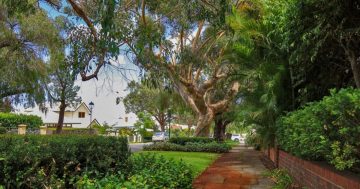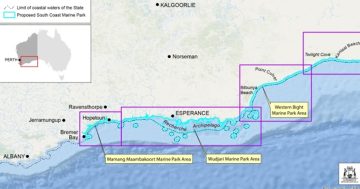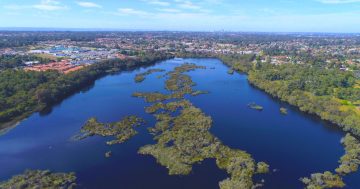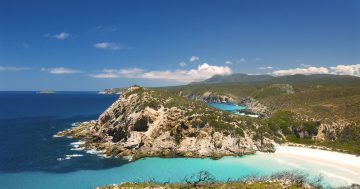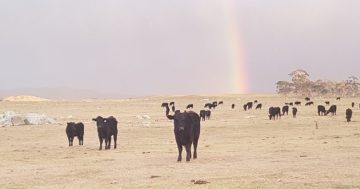 The Department of Biodiversity, Conservation and Attractions has announced that the Ningaloo Coast has become the first World Heritage site in the world to finalise a Resilience Strategy to adapt to climate change.
The Department of Biodiversity, Conservation and Attractions has announced that the Ningaloo Coast has become the first World Heritage site in the world to finalise a Resilience Strategy to adapt to climate change.
The Department said the Resilience Strategy took a holistic view of the threats facing Ningaloo Reef and the local community.
“It proposes actions to support thriving, resilient ecosystems, an educated and empowered community as well as sustainable development,” it said.
“It will act as a collaborative funding framework, with the opportunity to apply for funding from the Great Barrier Reef Foundation to implement resilience initiatives.”
The Department said the Strategy was developed through a community-driven process led by the Resilient Reefs initiative, which the Department supported in consultation with the Baiyungu, Thalanyji and Yinikurtura Traditional Owners, scientists and local businesses.
“The Ningaloo Coast is one of four World Heritage sites participating in the initiative, including the Lagoons of New Caledonia, Rock Island Southern Lagoon in Palau and Belize Barrier Reef,” the Department said.
“The Resilient Reefs initiative supports World Heritage coral reefs and the communities that depend on them to adapt to climate change and local threats.”
Minister for Climate Action, Reece Whitby said Ningaloo Reef was the world’s largest fringing reef.
“It’s important we do all we can to protect this marine paradise,” Mr Whitby said.
“The Ningaloo Coast is a tourism hotspot that contributes more than 1,000 jobs and $110 million to the economy every year,” he said.
“Climate change is the greatest challenge of our lifetime and we need to act now.”
“This Strategy will help guide management actions to support the ability of the reef to recover and adapt to changing conditions,” the Minister said.


